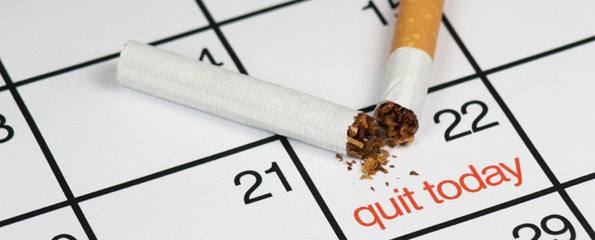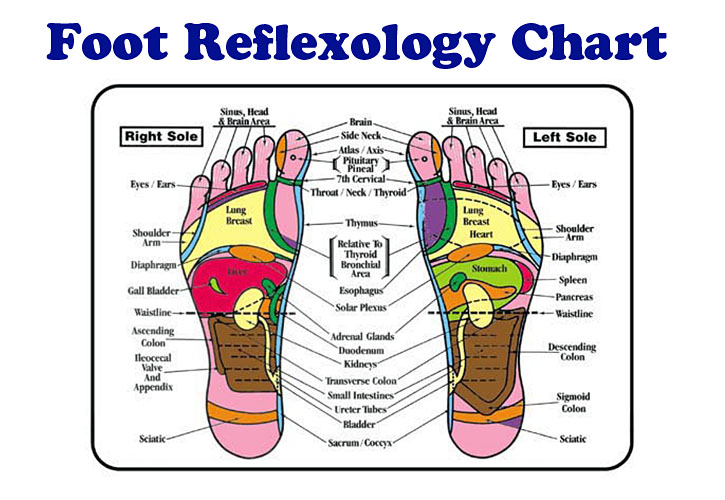Quitting
Smoking with Acupuncture
By
Leslie Droege, LAc, RN

Well,
it is March and nearly springtime!
Many of us who made New Year’s resolutions are finding those a distant
memory now. Maybe your resolution
was to quit smoking or using tobacco this year. We are all aware of the very real and serious dangers of
smoking. However, smoking and other tobacco use still remains fairly high
considering the possible consequences. In my experience, most smokers I know
plan to quit “some day.” One of my
acupuncture clients recently said to me (regarding his smoking habit),
"Why am I paying somebody to kill me?" Harsh words, but this
sentiment helped him to quit, and acupuncture helped him do it.
Acupuncture
is thought to be around 3,000 years old, and in many ways remains a mystery as
to why it is so effective. Chinese medicine is a very gentle way for your body
to achieve balance and is particularly effective to help you quit smoking. The
treatment helps your body's "three filters" (i.e. lungs, liver, and,
kidneys) work optimally to rid your body of the nearly 2,000 chemicals smoking
introduces into the lungs and bloodstream, and also helps with the stress and
emotions that come with quitting. There is a smoking protocol most acupuncture
practitioners use that involves counseling, herbal formulas and acupuncture
points in the ear to help combat the symptoms of nicotine withdrawal. Many
acupuncturists also put adhesive magnets in the ear following the treatment to
help sustain the effects of the treatment through the week.
Herbs
are also a key component of quitting, and most smoking cessation herbal
formulas have components to help the lungs function better, calm the nerves,
and combat the cravings after quitting. Withdrawal typically starts a few hours
after the last cigarette and peaks at 72 hours, although cravings may last for
quite some time after that. Some other things that acupuncture can help with
are the irritability and cravings people experience, as well as fatigue, poor
concentration, headache, anxiety, and restlessness. Most acupuncturists
generally recommend 3-6 treatments to quit smoking, generally once per week,
and twice in the first week. There is research that shows it takes 21 days to
form a new habit and in my experience most people will successfully quit if
they can make it nicotine free to this 21-day point.
Most
people choose their first acupuncture treatment day as their quit day, and have
cleaned their cars, homes, and work places of all smoking items. Other people
opt for a gradual withdrawal and are smoke free by the end of three weeks. Your
acupuncturist will also help you explore things to do when a smoking craving
hits, such as eating celery, sunflower seeds, or doing a project with your
hands, such as a puzzle, or knitting. It is also helpful to have your car
detailed to rid it of the odor of smoking. Either way you choose to quit;
either cold turkey or gradually, acupuncture can help you live a smoke-free
life, without becoming addicted to nicotine patches, e-cigarettes, or gum. The Integrative Healing Institute also has other modalities
to help your stress levels as you’re ridding your body of nicotine, like
massage, reflexology, and lymphatic drainage to help with release of toxins. Let
us know if you too would like help living a smoke-free life!



